-
Troppo Plant & Garden Articles
- Delicious Recipes
- TROPPO’s Food Forest in Te Puke, BOP (www,foodforest.org.nz)
- Troppo’s Plant Collection
- TROPPO's Nursery Directory
- Food Forests of New Zealand (www.foodforests.nz)
- Nursery Map - Plant Suppliers of NZ Directory (www.nurserymap.nz)
- Kids Garden Corner
- New Zealand Garden Bird Survey
- New Zealand Garden Groups
Collaborating on a Food Forest Installation in the Bay of Plenty 🌳🍇

The Bay of Plenty, renowned for its fertile soils, temperate climate, and lush landscapes, offers an ideal setting for a food forest. A food forest is a sustainable and regenerative gardening approach that mimics the natural ecosystem, creating a diverse, multi-layered garden of edible plants. It not only provides a bounty of fresh, organic produce but also supports biodiversity, enhances soil health, and promotes environmental stewardship.
Collaborating on a food forest installation in the Bay of Plenty can be a transformative community project that brings together expertise, enthusiasm, and a shared vision for a sustainable future. This guide will walk you through the steps of planning, designing, and implementing a successful food forest in this beautiful region.
Table of Contents
1. **Introduction to Food Forests**
– What is a Food Forest?
– Benefits of a Food Forest
2. **Getting Started with Collaboration**
– Building a Team
– Setting Goals and Objectives
– Finding the Right Location
3. **Planning and Design**
– Site Assessment and Analysis
– Creating a Permaculture Design
– Selecting Plants and Species
4. **Preparation and Implementation**
– Preparing the Site
– Planting and Establishing the Food Forest
– Mulching and Soil Management
5. **Maintenance and Care**
– Watering and Irrigation
– Pruning and Training Plants
– Pest and Disease Management
6. **Community Engagement and Education**
– Involving the Community
– Educational Workshops and Tours
– Ongoing Community Roles and Responsibilities
7. **Celebrating Success and Looking Forward**
– Harvesting and Sharing the Bounty
– Reflecting on Achievements
– Planning for the Future
8. **Conclusion: Growing Together in the Bay of Plenty**
1. Introduction to Food Forests
What is a Food Forest?
A food forest, also known as a forest garden, is an agroforestry system designed to replicate the natural structure of a forest but with a focus on edible plants. It incorporates multiple layers of plants, including tall trees, shrubs, ground cover, vines, and root crops, creating a self-sustaining ecosystem that requires minimal maintenance once established.
Benefits of a Food Forest
– **Sustainability**: Food forests promote sustainable agriculture by reducing the need for synthetic fertilizers and pesticides.
– **Biodiversity**: They support a diverse range of plant and animal species, enhancing ecological resilience.
– **Soil Health**: The dense plant cover and organic matter from decomposing plants improve soil fertility and structure.
– **Food Security**: Food forests provide a continuous supply of fresh, nutritious food.
– **Community Building**: Collaborating on a food forest fosters community engagement and shared learning.
2. Getting Started with Collaboration
Building a Team
Successful food forest projects are built on strong collaboration. Assemble a diverse team that includes:
– **Local Experts**: Horticulturists, permaculture designers, and botanists who understand the local ecosystem.
– **Community Members**: Volunteers and local residents who are passionate about sustainable gardening and food security.
– **Organizations and Partners**: Local schools, businesses, and non-profits who can provide resources, funding, or expertise.
 Setting Goals and Objectives
Setting Goals and Objectives
Clearly define the goals and objectives for your food forest. Consider:
– **Purpose**: Is the primary focus on food production, education, biodiversity, or all of these?
– **Scale**: Determine the size of the food forest and the scope of the project.
– **Timeline**: Establish a timeline for planning, planting, and maintaining the food forest.
– **Sustainability**: Develop strategies for ensuring the long-term sustainability of the project.
Finding the Right Location
Choosing the right site is crucial for the success of a food forest. Consider:
– **Accessibility**: The site should be easily accessible to the community for planting, maintenance, and harvesting.
– **Sunlight**: Ensure the location receives adequate sunlight for the growth of a variety of plants.
– **Water**: Access to a reliable water source is essential for irrigation.
– **Soil Quality**: Test the soil to assess its fertility and suitability for planting.
3. Planning and Design
Site Assessment and Analysis
Conduct a thorough assessment of the site to understand its conditions and potential. This includes:
– **Topography**: Analyze the landscape for slopes, elevation, and drainage patterns.
– **Soil**: Test soil pH, fertility, and composition to determine any amendments needed.
– **Microclimates**: Identify areas with different microclimates within the site, such as shaded or windy spots.
– **Existing Vegetation**: Note existing plants and trees that can be integrated into the food forest.
Creating a Permaculture Design
Use permaculture principles to design the food forest. Key elements include:
– **Zoning**: Arrange plants in zones based on their maintenance needs and the frequency of use.
– **Layering**: Incorporate multiple layers of plants, from canopy trees to ground cover, to maximize space and biodiversity.
– **Guilds**: Group plants that support each other’s growth, known as plant guilds, to create synergistic relationships.
– **Water Management**: Design swales, ponds, or rain gardens to capture and utilize rainwater effectively.
Selecting Plants and Species
Choose a diverse range of plants that thrive in the Bay of Plenty’s climate. Consider:
– **Fruit Trees**: Apples, pears, feijoas, plums, and citrus trees provide a variety of fresh fruits.
– **Nut Trees**: Incorporate nut trees like macadamia and walnut for protein-rich harvests.
– **Berries and Shrubs**: Blueberries, raspberries, and currants add delicious and nutritious options.
– **Ground Cover**: Use herbs, legumes, and nitrogen-fixing plants to cover the ground and enrich the soil.
– **Perennials and Annuals**: Mix perennials for long-term stability and annuals for seasonal diversity.
4. Preparation and Implementation
Preparing the Site
Prepare the site for planting by:
– **Clearing**: Remove any debris, invasive species, or unwanted vegetation.
– **Soil Improvement**: Add compost, organic matter, and soil amendments to enhance soil fertility and structure.
– **Water Systems**: Install irrigation systems or water collection features as needed.
Planting and Establishing the Food Forest
Planting is a critical step. Follow these guidelines:
– **Timing**: Plant during the optimal seasons for establishment—typically autumn or spring.
– **Spacing**: Follow the design plan to space plants correctly, allowing room for growth and avoiding overcrowding.
– **Support**: Provide initial support for young plants with stakes or trellises if necessary.
– **Mulching**: Apply a thick layer of mulch around plants to conserve moisture and suppress weeds.
Mulching and Soil Management
Maintain healthy soil and moisture levels by:
– **Organic Mulching**: Use organic materials like straw, wood chips, or leaves to mulch around plants.
– **Composting**: Continuously add organic matter to the soil through composting and green manure crops.
– **Soil Monitoring**: Regularly check soil health and adjust practices as needed to maintain fertility and structure.
5. Maintenance and Care
Watering and Irrigation
Ensure plants receive adequate water:
– **Irrigation Systems**: Use drip irrigation or soaker hoses to deliver water directly to the roots.
– **Rainwater Harvesting**: Collect and use rainwater for irrigation to reduce reliance on external water sources.
– **Watering Schedule**: Develop a consistent watering schedule, adjusting for seasonal changes and plant needs.
Pruning and Training Plants
Promote healthy growth and productivity by:
– **Regular Pruning**: Prune fruit trees and shrubs to remove dead or diseased wood, shape the plants, and encourage fruiting.
– **Training**: Train vines and climbing plants to grow on trellises or supports to maximize space and yield.
Pest and Disease Management
Protect the food forest from pests and diseases:
– **Natural Predators**: Encourage beneficial insects and wildlife that help control pest populations.
– **Companion Planting**: Use companion plants that repel pests or attract beneficial insects.
– **Organic Treatments**: Apply organic treatments like neem oil or insecticidal soap if needed.
6. Community Engagement and Education
Involving the Community
Engage the local community in the project:
– **Volunteers**: Recruit volunteers for planting, maintenance, and harvesting activities.
– **Workshops**: Host workshops and events to educate the community about food forests and sustainable gardening practices.
– **Partnerships**: Collaborate with local schools, businesses, and organizations to expand the reach and impact of the project.
Educational Workshops and Tours
Use the food forest as a learning resource:
– **Tours**: Offer guided tours to showcase the food forest and demonstrate its benefits.
– **Hands-On Workshops**: Provide hands-on workshops on topics like planting, pruning, and composting.
– **Educational Programs**: Develop educational programs for schools and community groups to learn about ecology and sustainability.
Ongoing Community Roles and Responsibilities
Establish roles and responsibilities for long-term care:
– **Maintenance Teams**: Create teams responsible for different aspects of maintenance, such as watering, pruning, and pest control.
– **Harvesting**: Organize regular harvest events where community members can pick and share the produce.
– **Feedback and Improvement**: Encourage community feedback and suggestions for continuous improvement of the food forest.
7. Celebrating Success and Looking Forward
Harvesting and Sharing the Bounty
Celebrate the fruits of your labor:
– **Community Harvests**: Organize community harvest days where everyone can enjoy
the produce.
– **Sharing and Distribution**: Distribute the harvest among community members, local food banks, or schools.
– **Feasts and Celebrations**: Host seasonal feasts or potlucks using the food forest’s produce.
Reflecting on Achievements
Take time to reflect on the project’s progress:
– **Review Goals**: Assess how well the project has met its initial goals and objectives.
– **Document Successes**: Document the successes and challenges faced during the project for future reference and learning.
– **Celebrate Contributions**: Recognize and celebrate the contributions of all participants and supporters.
Planning for the Future
Look ahead to sustain and grow the food forest:
– **Long-Term Maintenance**: Develop a long-term maintenance plan to ensure the food forest continues to thrive.
– **Expansion Opportunities**: Explore opportunities to expand the food forest or replicate the model in other areas.
– **Ongoing Education**: Continue to provide educational opportunities to keep the community engaged and informed.
8. Conclusion: Growing Together in the Bay of Plenty
Creating a food forest in the Bay of Plenty is a rewarding endeavor that fosters sustainability, community, and a deeper connection to nature. By collaborating on this project, you contribute to a healthier environment, a resilient food system, and a vibrant community. Let’s grow together and make the Bay of Plenty a shining example of how we can nourish ourselves and the planet through the power of nature.
—
Whether you’re new to gardening or a seasoned expert, collaborating on a food forest is a journey that offers endless learning and growth opportunities. Embrace the process, enjoy the bounty, and celebrate the community that comes together to make it all possible. Happy gardening! 🌳🍇


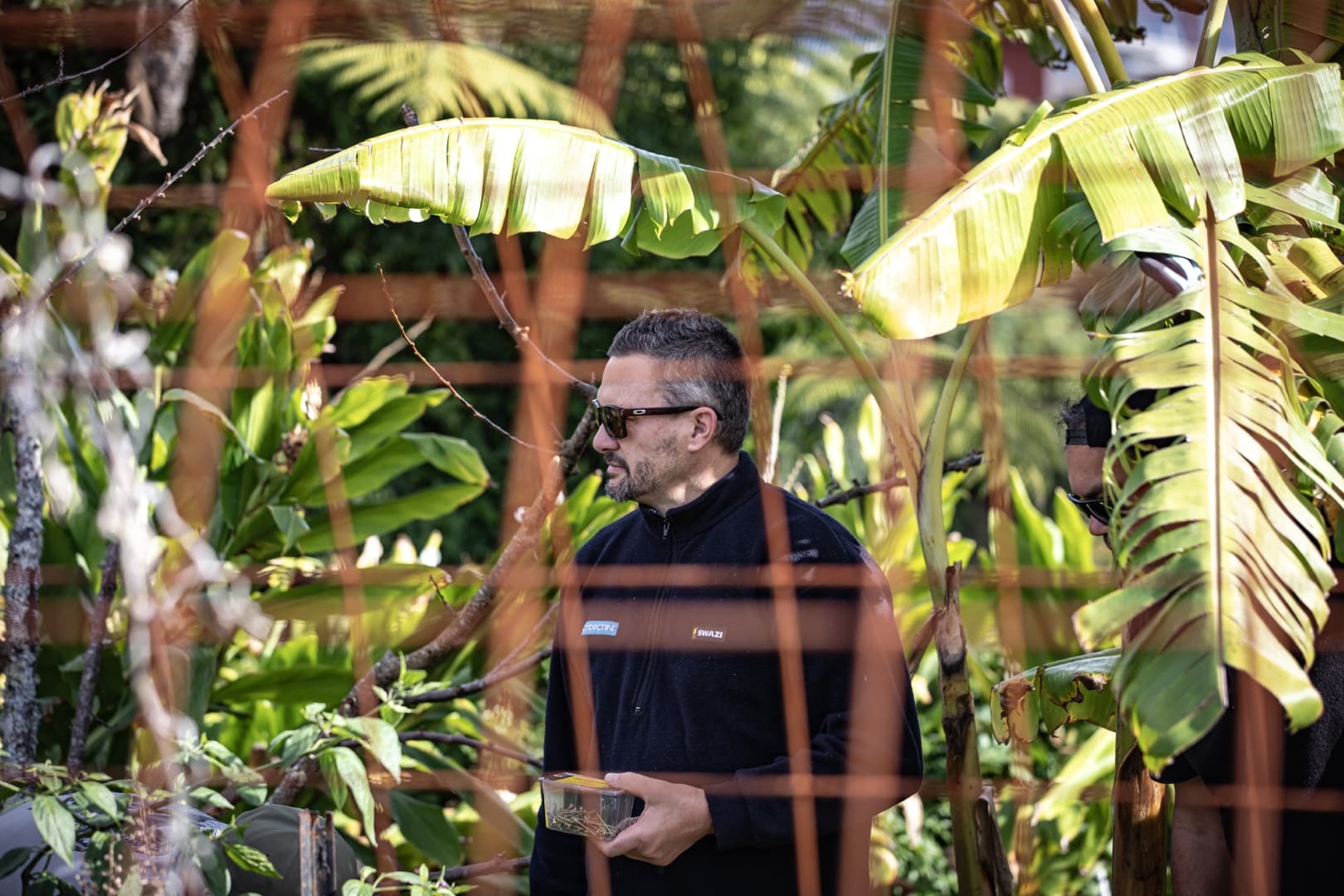
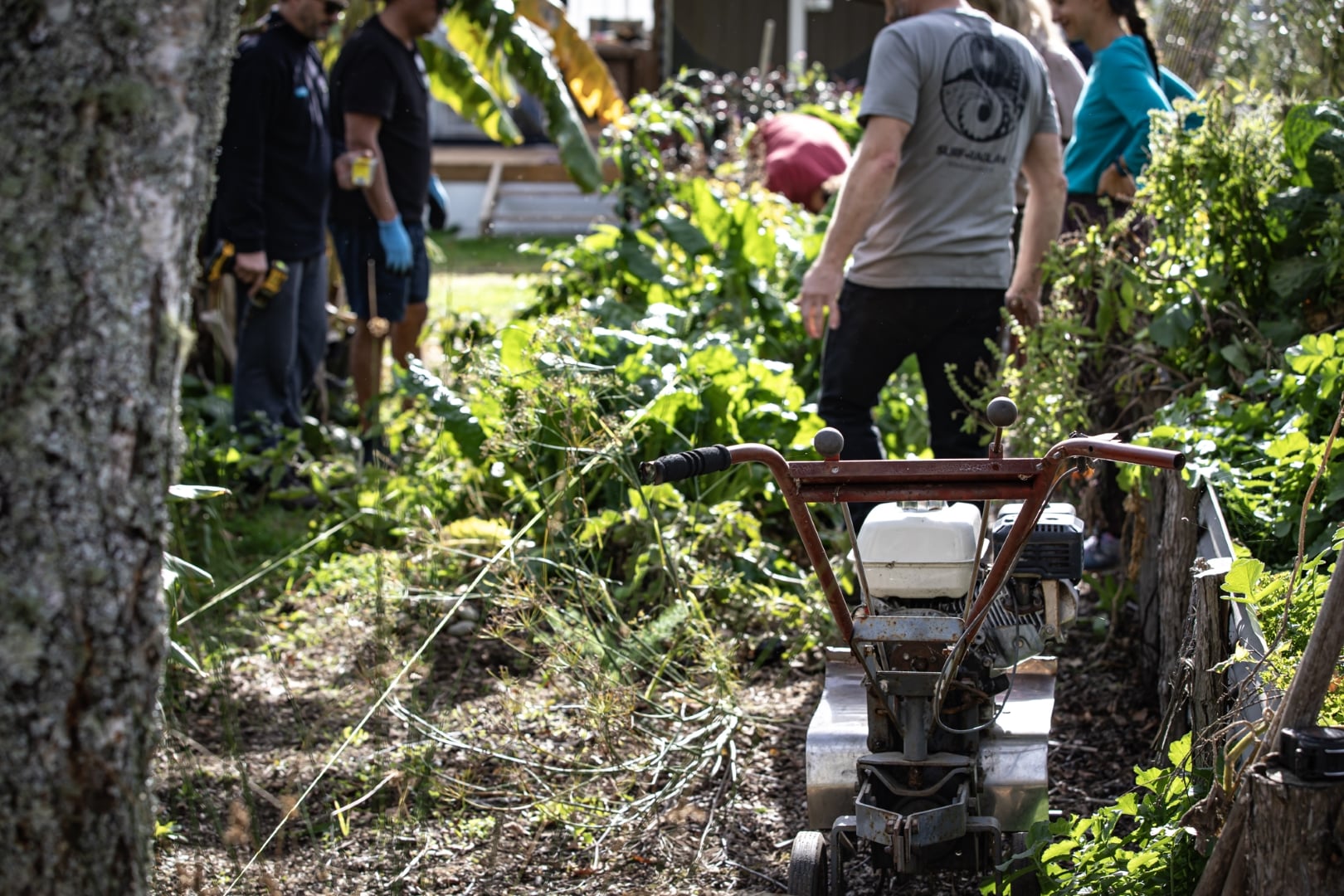


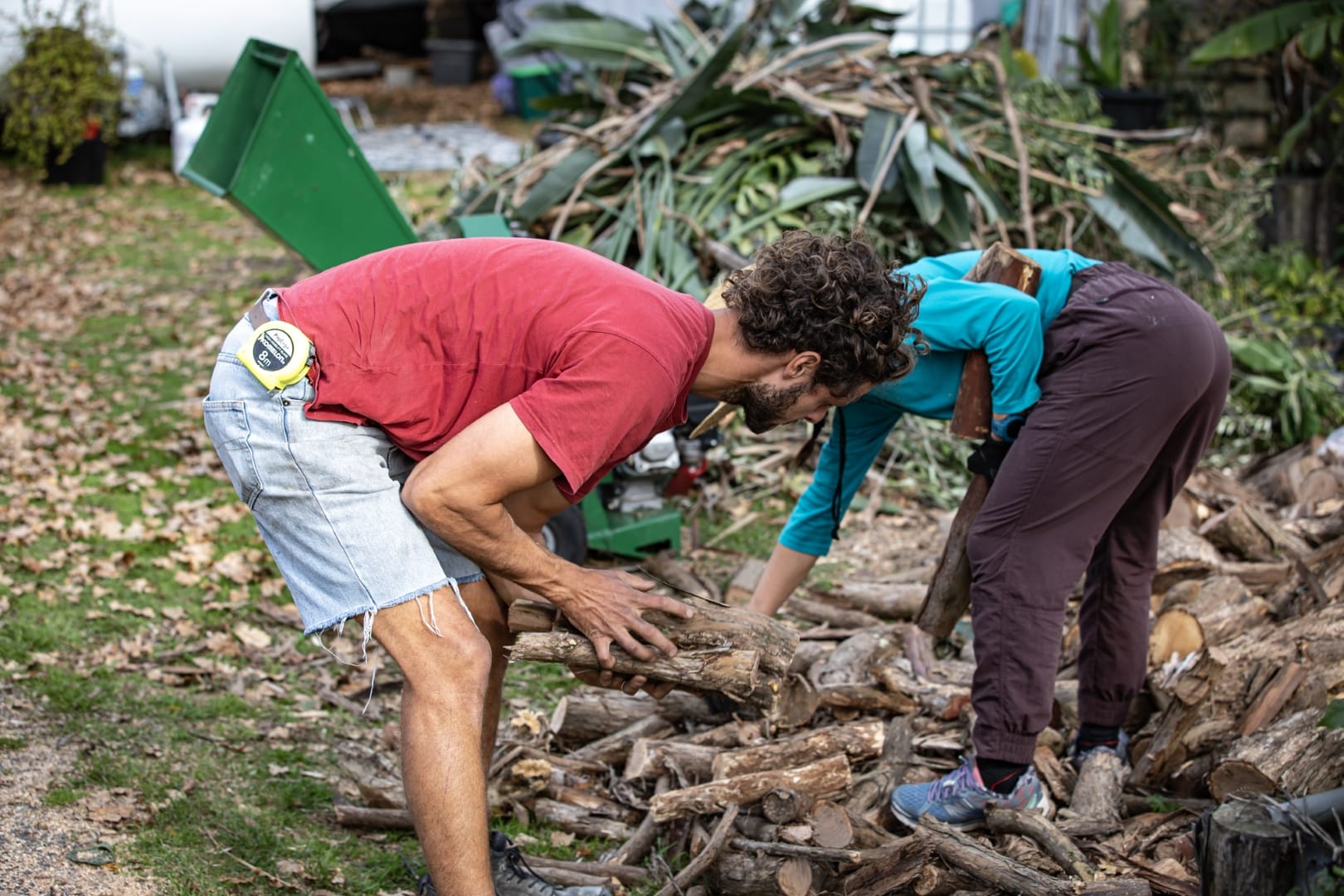
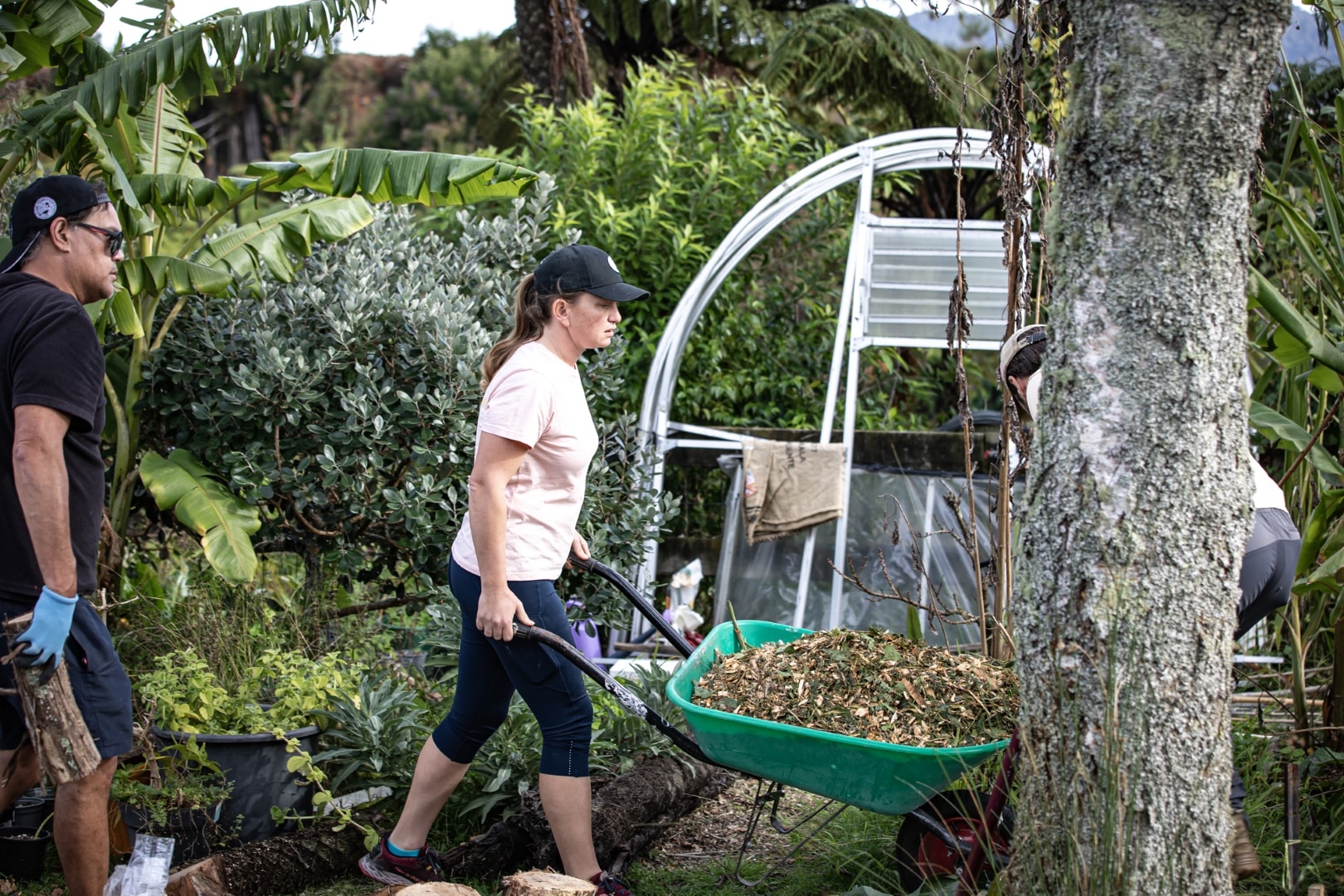

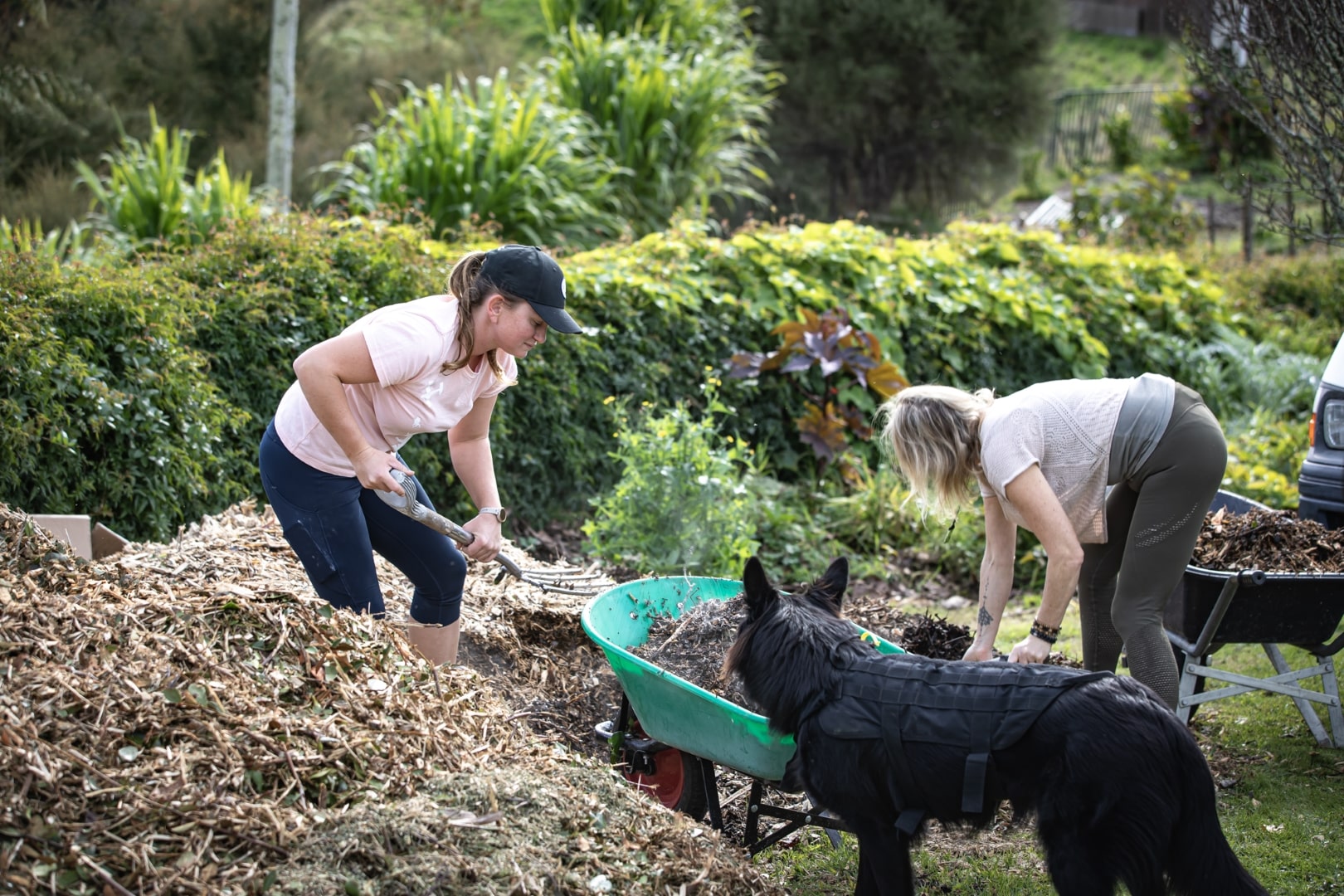

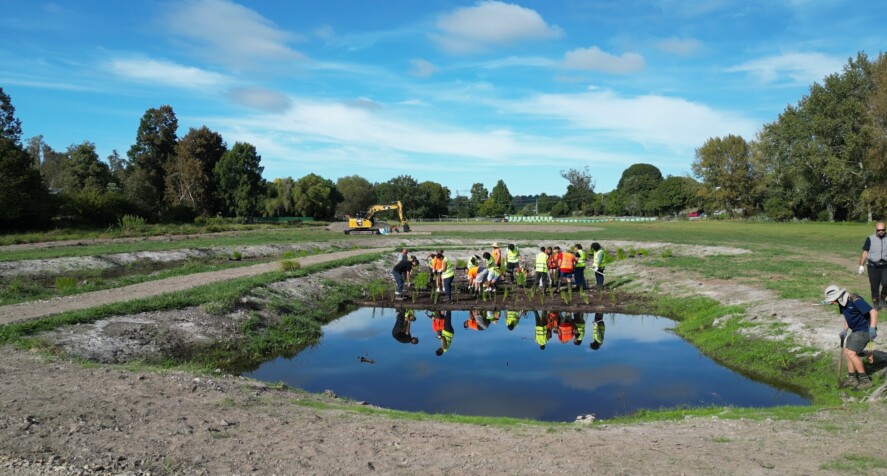

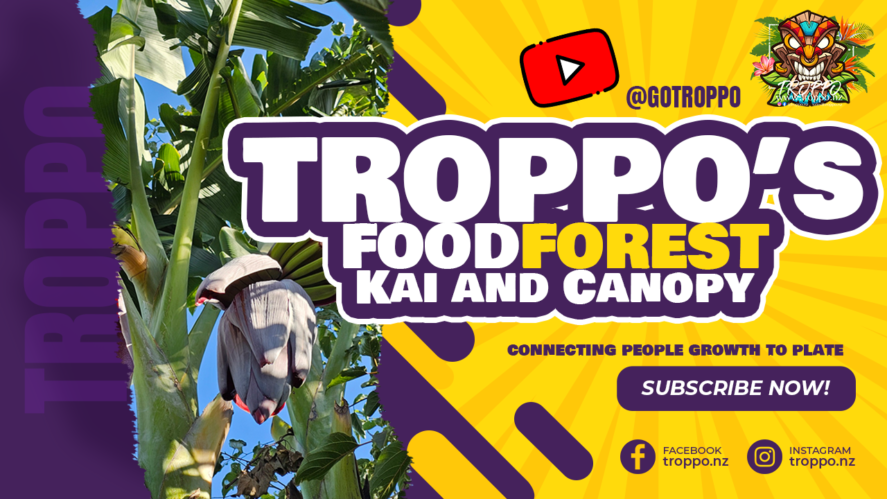





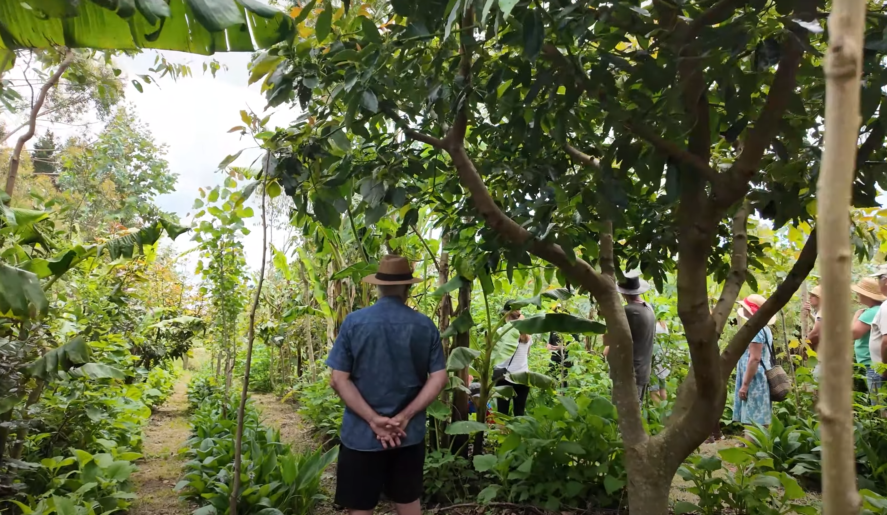




The idea of involving the community through workshops and tours is excellent. It ensures everyone benefits and learns about sustainable gardening.
This article provides a comprehensive guide for anyone interested in starting a food forest in the Bay of Plenty. Very detailed and informative.
The section on plant selection is particularly useful. Knowing what works best in the Bay of Plenty climate can save a lot of trial and error.
It’s great to see an emphasis on sustainability and biodiversity. This project could really benefit local communities.
I appreciate the step-by-step approach in this guide. It covers everything from planning to community engagement, which is crucial for success.